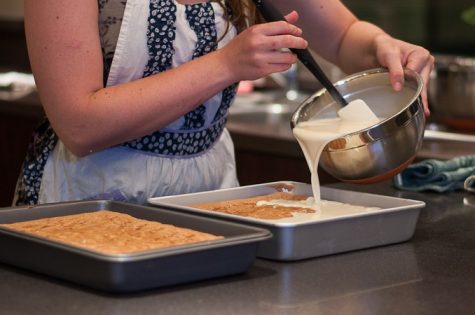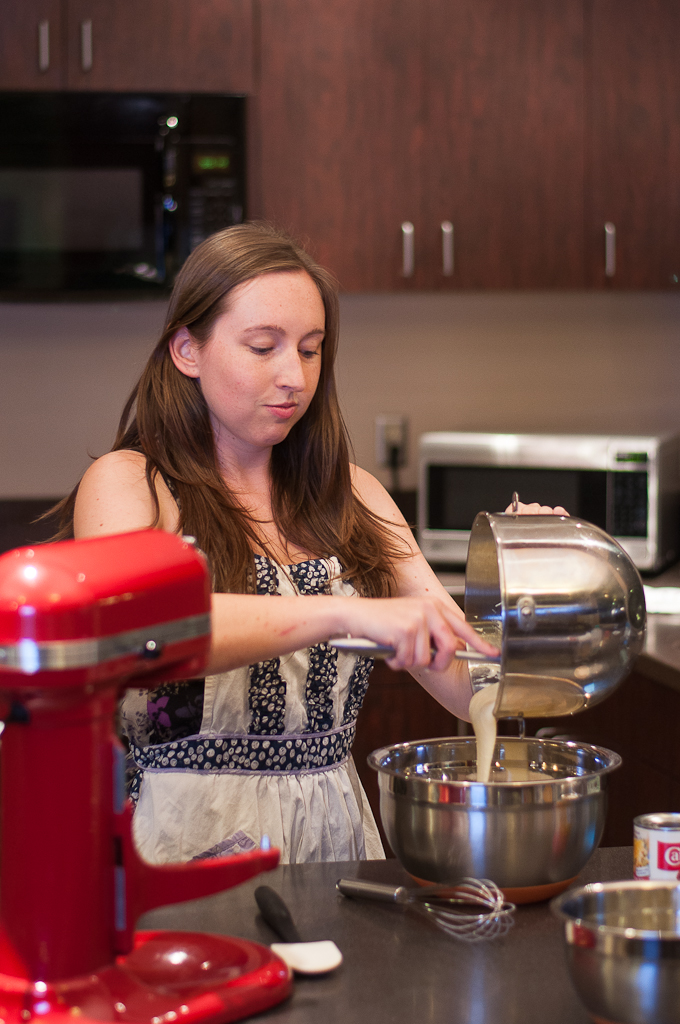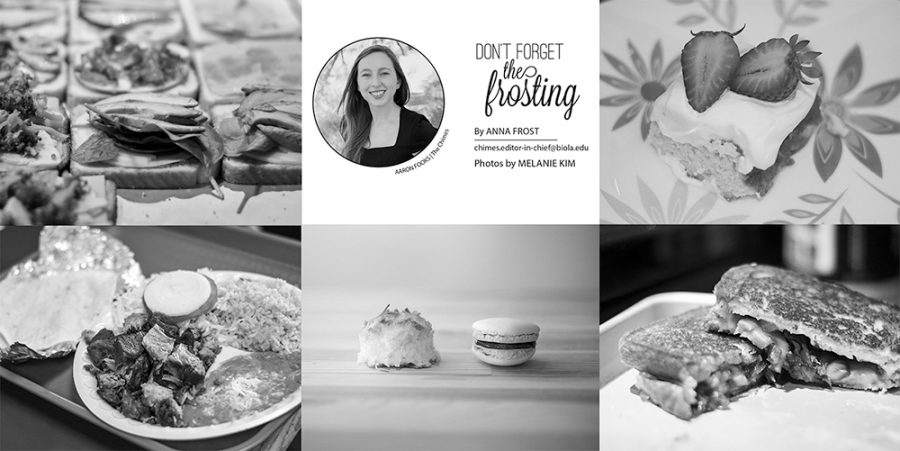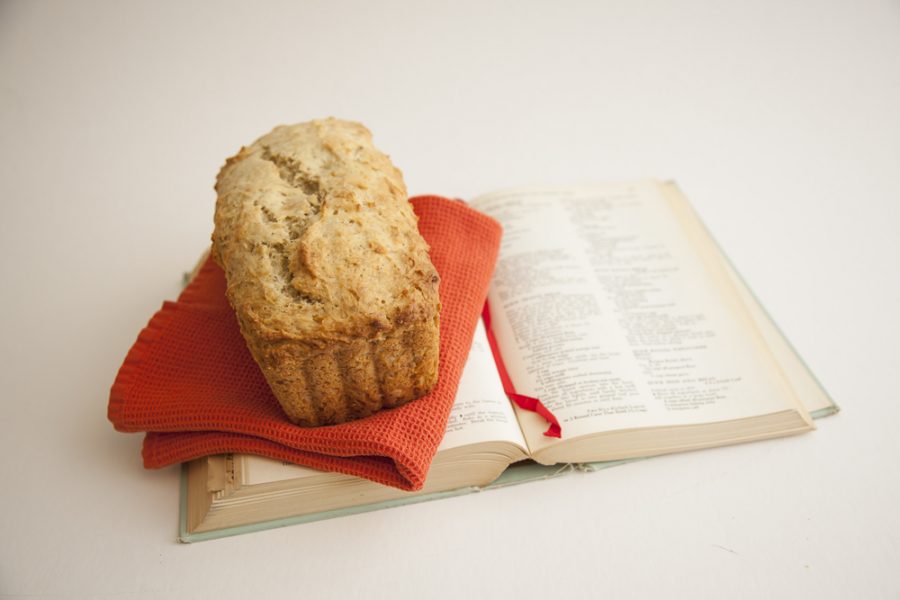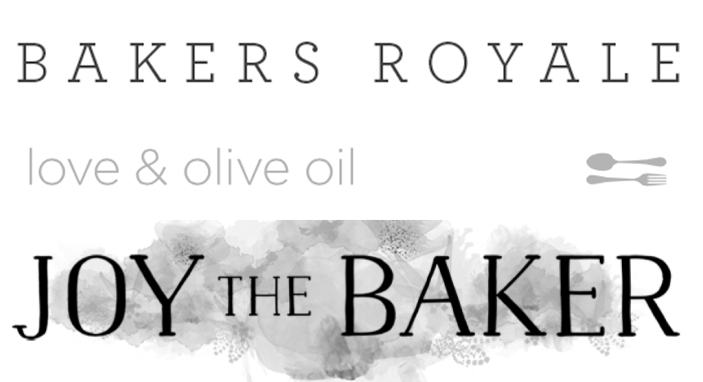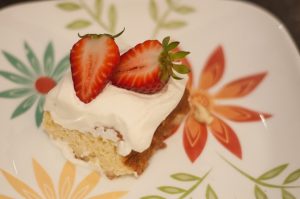 Photos by Ashleigh Fox/THE CHIMES
Photos by Ashleigh Fox/THE CHIMES
In honor of Latino Heritage Month, I decided to highlight one of my favorite desserts: tres leches cake. This delicious cake gets it name from the three types of milk it is soaked in after baking — evaporated, sweetened condensed and heavy cream. The texture of the cake allows it to absorb the liquid without becoming mushy, creating a light, sweet and refreshing dessert perfect for a warm summer night — or any day you feel like eating a piece of cake. With that, I leave you with this recipe and well wishes for the rest of your week.
Tres Leches Cake
Makes: two 9×13 cakes
Adapted from thepioneerwoman.com
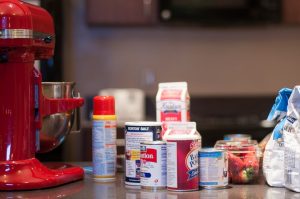
10 egg yolks — save the whites, you’ll need them later!
1 1/2 cups sugar
2 teaspoons vanilla extract
2/3 cup milk
2 cups all-purpose flour
3 teaspoons baking powder
1/2 teaspoon salt
10 egg whites
1/2 cup sugar
2 cans evaporated milk
2 cans sweetened condensed milk
1/2 cup heavy cream
Whipped Cream Frosting
1 quart heavy cream
6 tablespoons powdered sugar
strawberries, to garnish
Preheat the oven to 350 F. Grease or spray two 9×13 cake pans.
Unless you happen to have brought a KitchenAid mixer to school, you will need to borrow or buy an electric hand-held mixer. You could whisk the meringue by hand, but you really do not want to. Such ambitious ventures are time-consuming and lead to carpal tunnel syndrome. However, if that is the only roadblock between you and the delectable experience that is tres leches cake, it might be worth the risk.
Separate the 10 eggs; if you consider pulling an Amelia Bedelia by putting half the eggs on one side of the counter away from the other half, please read on. Crack the egg in half, and pull apart the two halves of the shells. Over a bowl, transfer the egg back and forth between the two halves until the white slips away from the yolk. Place the yolk in a separate bowl, throw away the empty shell and repeat.
On high speed, whip the egg yolks and 1 1/2 cups sugar together until the yolks become thick and pale yellow.
Combine the flour, baking powder and salt in a medium bowl. Once the yolks are ready, add the milk and vanilla. Pour the yolk mixture on top of the dry ingredients and stir until the batter is homogeneous; no streaks of flour should appear.
Making the meringue — which is an aerated mixture of egg whites and sugar — is the most important part of this cake. Meringue is delicate, finicky and impatient. If a meringue sits for too long, it will deflate and render itself useless. Be sure that everything is ready — pans are greased, oven is hot and ready — before taking this step. Check that there is no egg yolk left on the mixer’s beaters and that the bowl you will use to mix in is clean. Any residual fat in the bowl will prevent the egg whites from whipping. Also note that egg whites will not whip in a plastic bowl; any metal bowl will work.
Whip the whites on high speed. They will begin to foam, then become frothy, like soft shaving cream. At this point, with the mixer still on, add the sugar gradually but quickly. When fairly defined tracks appear from the mixer, stop and pull up the beaters. The meringue should hold a stiff peak. Meringue moves quickly and once over-whipped, there is no cure. If the meringue is over-whipped it will have the consistency of very stiff soap suds instead of being light and smooth. If this happens, do not try and incorporate it into the rest of your cake batter — try again with new egg whites.
Pour the meringue on top of the cake batter. Gently fold it in — do not stir or beat — so the meringue does not deflate. Although there is baking powder in the recipe, the meringue plays a big part in the rising and final texture of the cake. Tres leches cake is a sponge cake; the air pockets in the meringue capture gases given off by the baking powder and help the cake to rise. The meringue is the reason for the soft, light texture of the cake. However, if the meringue is beaten to death in the mixing process, the cake will not rise as much and will have a dense, chewy texture.
When no lighter or darker streaks appear in the batter, pour into the cake pans, dividing it evenly between the two.
Put the cakes in the oven and set the timer for twenty minutes. Check the cakes at the 20-minute point by lightly pressing on the middle of the cakes’ surfaces; if ready, they will spring back up, and if not there will be an indentation where your finger touched. Continue checking the cakes at five-minute intervals until the surface springs back to your touch. Remove cakes from their pans once pans are cool enough to handle, but not cold.
While the cakes cool down, combine condensed milk, evaporated milk and heavy cream in a small bowl.

For the whipped cream frosting, whip one quart heavy cream with six tablespoons of sugar until thick, but still smooth. Start the mixer on low speed to prevent a reenactment of SeaWorld’s Shamu Splash show. As the whipped cream begins to thicken, gradually turn up the speed. It is possible for whipped cream to over-whip; it will be oddly stiff and uncooperative. The difference between whipped cream and meringue, however, is that over-whipped whipped cream can be easily fixed by folding in a small amount of heavy cream. Keep the whipped cream frosting in the refrigerator until ready to use.
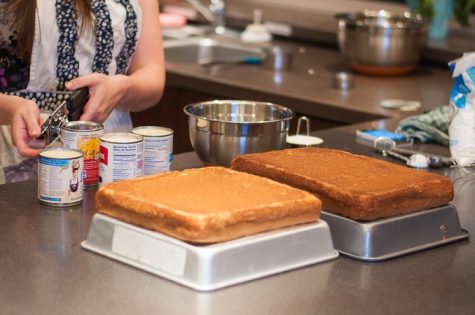
When the cakes are completely cool, put them back into their baking pans and pierce the surface with a fork several times; I usually make even, tight rows of holes across the entirety of the cake. Slowly pour the three-milk mixture evenly across the surface of the cake, taking care to reach the edges as well. Let it soak in for 15 to 30 minutes. When the cake has absorbed all the liquid, it is ready to be frosted.
To finish, evenly spread the whipped cream over the top of the cake. Cut strawberries in quarters, or chop them up into smaller pieces, for a garnish. Cut yourself a piece, take a bite and decide if you want to share or keep the whole pan for yourself.
